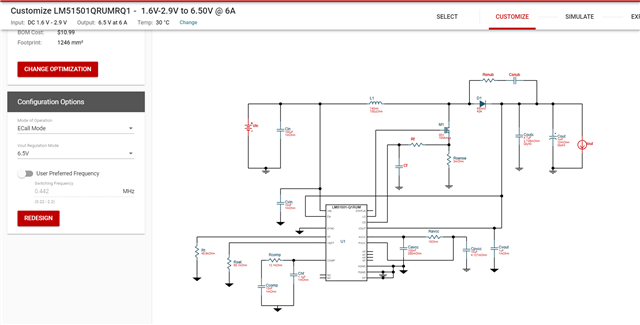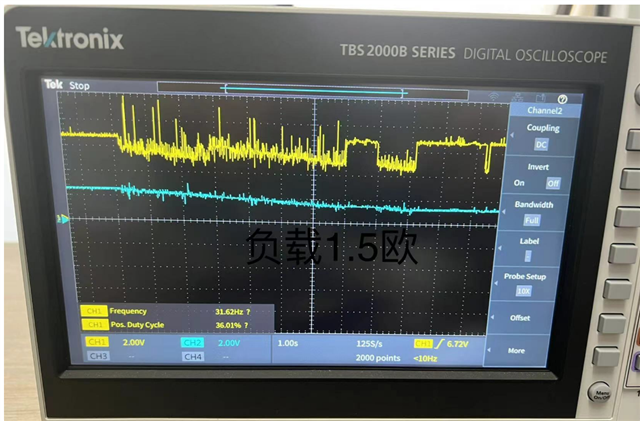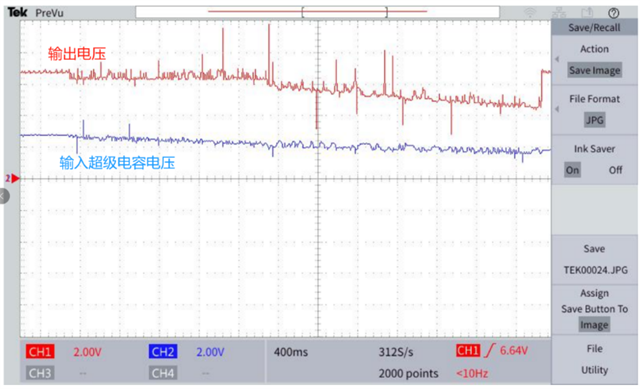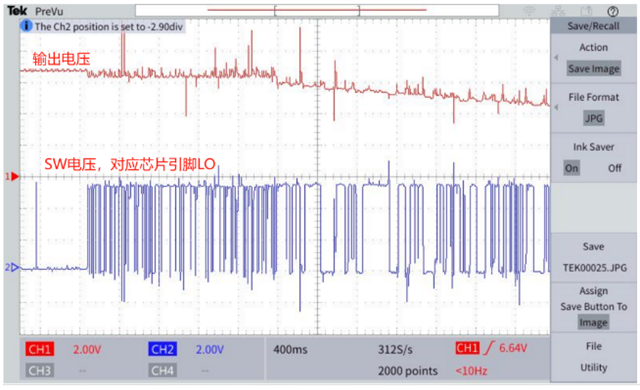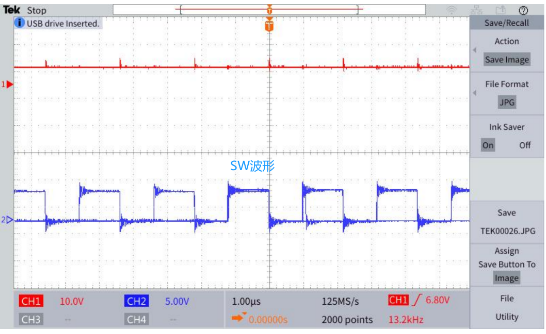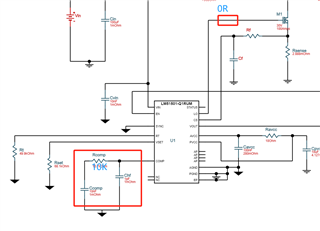Hi,
Now, I use LM51501-Q1 to boost the super-cap, the input voltage is 1.5V~2.9V, the output is 6.5V@5A according to the value excel form of LM50501 Quick start. I find the output voltage could not be stable to 6.5V@5A, the output voltage will drop to about 4.7V.
Please help confirm how can I adjust my circuit.
Thanks a lot!
Andy
